|
There aren't a lot of countries where I can casually enter my PIN in at ATM and walk away a millionaire... But Indonesia is one of them.
There are a lot of 0's on the IDR, or Indonesian rupiah. This is great fun -- but it can also be a bit confusing. I've gotten into at least one argument over the correct change... only to realize that I was off by one zero. Similarly, I know tourists who have accidentally paid 20,000 when the should have paid 2,000. Some Indonesians will tell you if you've handed them the wrong amount, others won't. That's why, in countries like Indonesia, Laos, or Cambodia, you've got to count the 0's. Eventually, you'll get better at seeing the right number of 0's or remembering which color corresponds with which rupiah amount. A few other helpful money and ATM tips and tricks you should know before your trip to Indonesia: 1. Some ATMs give 100,000s. Others give 50,000s. You can tell because there is a small sticker on each ATM that either says 50 000 or 100 000. 100,000s are nice because you'll need half as many of them. If you're withdrawing money, chances are you're going to want 2,000,000-3,000,000 rupiah, which is going to end up being a hefty stack of bills if you withdraw in 50's. 2. Even if you withdraw 50,000s, it might make sense to break it into smaller bills at your hotel or a busy restaurant. Most vendors and merchants in Southeast Asia have a hard time making change, and always prefer smaller bills. Some won't even be able to give you change if you pay with a 100,000. Busy restaurants and hotels are good places to break a 50 or 100 into something smaller.
Drinking bone marrow at Baksonya Bakso Maharani in Yogyakarta, a vibrant and tasty city in Java. Image: The Happy Talent on Facebook.
But if you want to enjoy shopping at small shops and trying out street food, you will need small bills.
Authentic to Java, wedang ronde is made of sweet glutinous rice balls soaked in hot ginger water and styup and sprinkled with peanuts. The ronde (rice balls) were green from pandan leaves, one of my favorite flavors in Southeast Asia. Mbah Payem's food cart came highly recommended. Image: The Happy Talent on Facebook.
3. ATMs have a maximum withdrawal amount. Higher denominations often have higher limits. Most ATMs that distribute 100,000s have a maximum withdrawal amount of 2.5-3 million rupiah. The ATMs that distribute 50,000s often have a lower limit, like 1.5-2 million. This may or may not make a difference for you, depending on whether or not your bank charges foreign ATM fees. My bank charges me $5 per withdrawal -- but every time I come back from a vacation, I call the bank and tell them that if they don't refund the charges, I'm going to close the account. This has worked 100% of the time. My advice to people is that any time your bank charges you a fee for anything, ask them to refund it. They almost always will -- but only if you ask.
Surfing Mawi beach in Lombok. The road to the beach is terrible, and a lot of tourists turn around. Personally, I didn't think the road was THAT bad... but if you're not comfortable, obviously you shouldn't do it. But what you certainly, for sure shouldn't do... is leave your scooter and try to walk. It is safe to park at the beach -- but if you park anywhere else, your scooter will be stolen in minutes. Yes, even though there is no one in sight. You might be able to get it back, but it won't be cheap. Basically, whoever took it will hold it ransom for 5 million rupiah. So just... either turn back or park at the beach. Image: @TheHappyTalent on Instagram.
4. You are expected to negotiate. Basically, if you want to pay a "fair" price (which is still not going to be the local price, but it's going to be a lot less than the tourist price), you are going to have to make what feels like an insultingly low first offer. Often times, merchants will ask you, "How much do you want to pay?" You can't name the price you actually want to pay, because you're going to end up settling somewhere between what you think the item is worth and the exorbitant rate they counter your initial offer with. There are some places where the price is set -- some restaurants, hotels, and stores. But most places, you need to negotiate or you will end up paying four times more for everything than you need to. How much should things cost? For a scooter, probably don't pay more than 50,000 IDR (that's about $3.50 per day) -- and, if you're wise, pick up one of those masks at any kiosk or convenience store. They shouldn't cost much more than 13,000 IDR, depending on how many you're buying. You will, of course, need fuel for your scooter. You can buy it from the gas stations... but if you keep an eye out while you're driving, you'll see plenty of locals selling scooter fuel in small bottles along the sides of the road. These bottles shouldn't cost more than 10,000-12,000 each. They come in glass alcohol and soda bottles, as well as plastic water bottles. It may be blue, green, or yellow, though I don't know if the color makes a difference to the fuel.
Image: WorldWideAdventures.com
For a surfboard, I wouldn't pay more than 50,000 IDR per day -- but Indonesia is a big country. It's possible it's more expensive outside of Lombok, Java, and Bali.
And, as beautifully illustrated by Jon, it's totally worth investing in some good zinc -- I use SurfDurt Reef Safe Zinc, which is tinted more of a skin color (I'm trying to convince my amazing makeup artist friend to teach me to contour using only different shades of zinc), Jon is using the original white zinc -- BUT THEY ALSO COME IN NEON! For extra protection, I use this very unattractive FCS surf hat -- it's sad that no matter how cool I look on my wave, or how amazing I look in my bikini (#ChooseBeautiful, #NotAllWomen hate their bodies), I will always look like a grandpa on top. That's why I'm thinking about switching to the Dakine Surf Trucker Hat ($21), which actually provides better skin and eye protection, anyway, because it has a much longer brim. As a side note, if you're planning on taking kitesurfing lessons, it's nice to have a hat like this, not only for skin care, but also to protect your ears from potential injury from the lines flying around in the air.
For a hotel, it's totally easy to find single rooms for under $20 a night -- though there's a pretty big variety of what you'll get for $20 a night. You might have five different species in the shower with you, or you might have an oceanfront room with a balcony and free, delicious breakfast. For fruit... I don't know if I ever got a great, local-ish price. I ended up paying about $1-2 per kilo of fruit, whether dragonfruit or salak (snake skin fruit) or oranges or rambutans.
Image: The Happy Talent on Facebook.
Fruit price can also depend on what's in season and how the weather's been. There are SO MANY MANGOES in the Philippines right now. Some beaches charge you 2,000-10,000 to park or enter. Some don't. Sometimes, people who don't work for the park/state/beach will ask you for money to park. I don't pay them if I don't think they're legit... But, of course, then I'm taking the chance that they will mess with my scooter to retaliate. (This is also true in situations where you're swarmed by dudes who insist that it's the local custom or whatever for you to hire a guide you don't want for a certain hike or village. I ignore them and refuse to pay... but a little part of me worries about retaliation.) So far, this hasn't happened. A bottle of water will be 3,000-8,000 rupiah, but I usually just get my bottle refilled anywhere I see a water filter or jug (hotels and cafes and nicer shops have these). If you spent money there (and even if you didn't -- it's still better for their community to have fewer plastic bottles), it's fair to ask for a refill. A coconut will cost a white person 12,000-20,000. Coffee will be 2,000-30,000, depending on it it's real coffee or a 3-in-1 mix or instant black coffee. A small beer will be around 20,000. A large will be 35,000-80,000 (if you buy it somewhere fancy, the same thing is going to cost more).
A stick of grilled cumi-cumi, or squid, will cost about $1. You could easily pay for this by charging a dime to every mother, teenager, child, and old man who wants a selfie with you in certain parts of the country where they see fewer tourists -- I don't actually charge for selfies, though. Yeah, I spend a third of my day posing with people... but that's fine. I love the 80-20 rule of travel, and prefer to exchange rather than consume cultures.
5. A lot of bus, train, and plane tickets can't be purchased online with an American credit card... so you have to buy them at convenience stores in cash.
Credit card rejections have caused many headaches for me. Eventually I learned that some airlines or third-party booking websites just won't take US (or even European) credit cards. Some take PayPal. But your best bet in situations like these (usually they come up when booking domestic flights within Indonesia) is to: 1. Begin withdrawing as much money as you can each day until you have enough to pay for the flight in cash... 2. Reserve the flight online and get a booking number. 3. Once the booking is complete, you will have a certain number of hours (somewhere between 6 and 24) to find an Indomaret or Alphamart with a kiosk where you can enter the booking number and pay for the flight in cash. It's super trippy to buy a ticket in cash at a convenience store... but sometimes, it's the only way.
At first, I thought it was ridiculous. (Not re-diculous.) But then, I got so used to being handed an umbrella to walk the 150 meters from the gate to the plane... that when, on one of my flights, they didn't offer an umbrella, I was slightly huffy about it. Like, HMPHF! Where is my umbrella? Image: The Happy Talent on Facebook.
6. 99.9% of dudes who work on buses are jerks, and they will lie about having change. When you get on a bus, there are typically two dudes working on it: the driver, and the guy who sits next to the driver and rips people off. Before you get on the bus, know the real price of the bus ride, and have exact change. The guy who collects the fares isn't going to give you change. He will either flat-out refuse, or say he doesn't have change now, but will bring you some later (then count on your forgetting). Better to just have the correct change.
Buses suck, but it's always worth it when you get to your destination.
*** Did I miss anything? Share your Indonesia knowledge in the comments!
1 Comment
7/29/2019 01:02:57 pm
It's good to know that ATMs have a different maximum withdrawal amount overseas, which can vary based on currency. I imagine it helps to be prepared for any problem, especially if an ATM isn't working properly. Finding a working ATM with fewer extra charges is probably a bonus!
Reply
Leave a Reply. |
About the Author

Eva is a content specialist with a passion for play, travel... and a little bit of girl power. Read more >
Want to support The Happy Talent? CLICK HERE!
Or Find me on Patreon!
What's Popular on The Happy Talent:
Trending in Dating and Relationships:
What's Popular in Science: Playfulness and Leisure Skills:
Popular in Psychology and Social Skills:
Categories
All
|

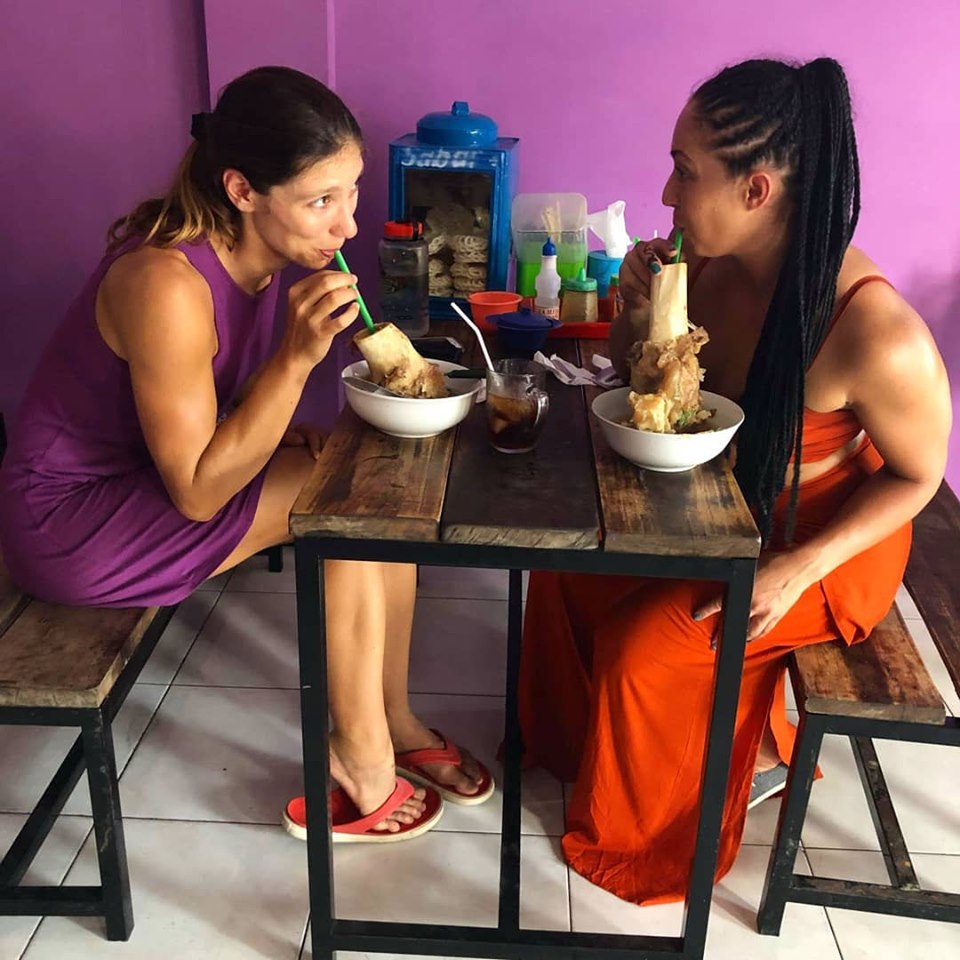
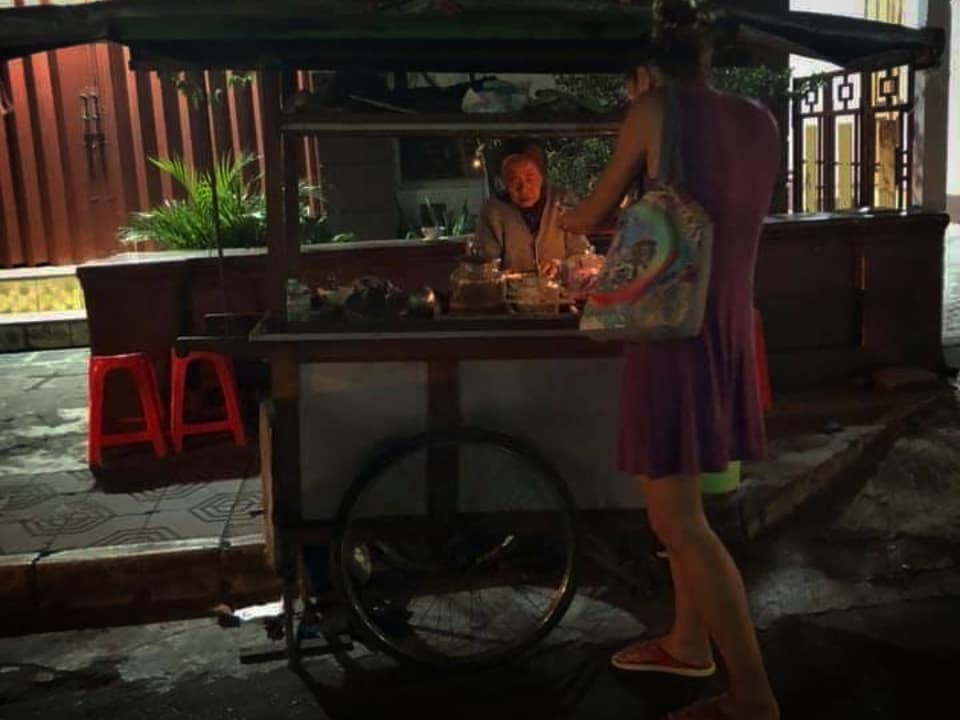
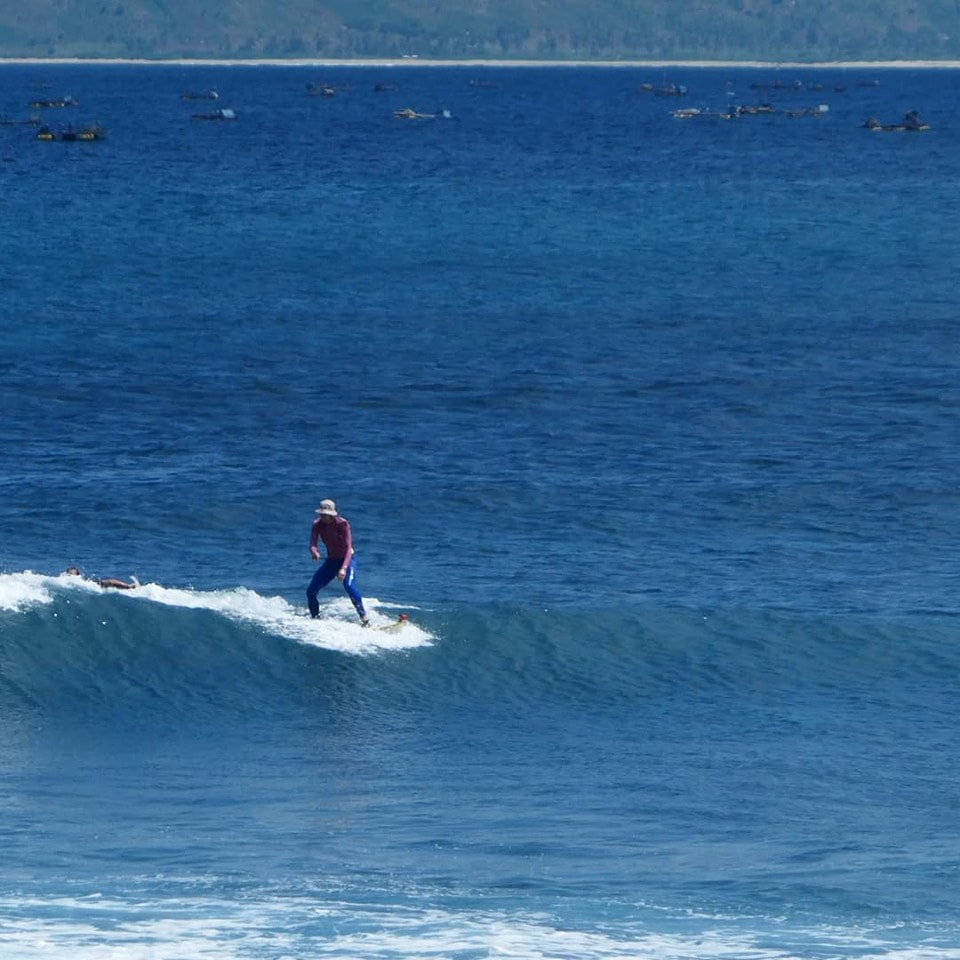
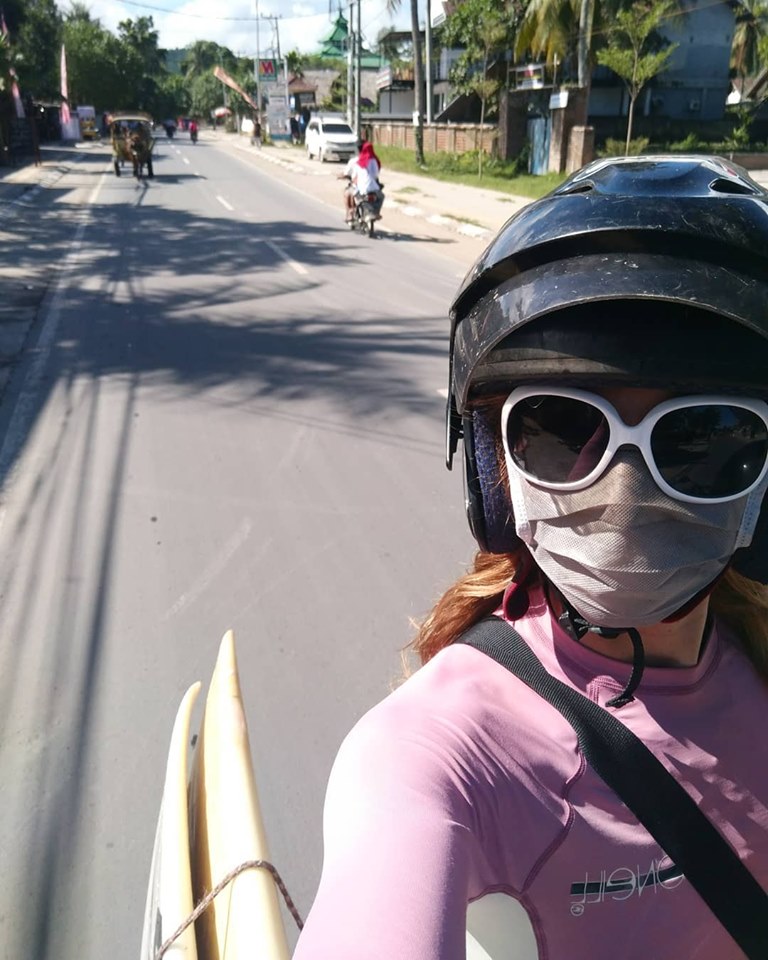

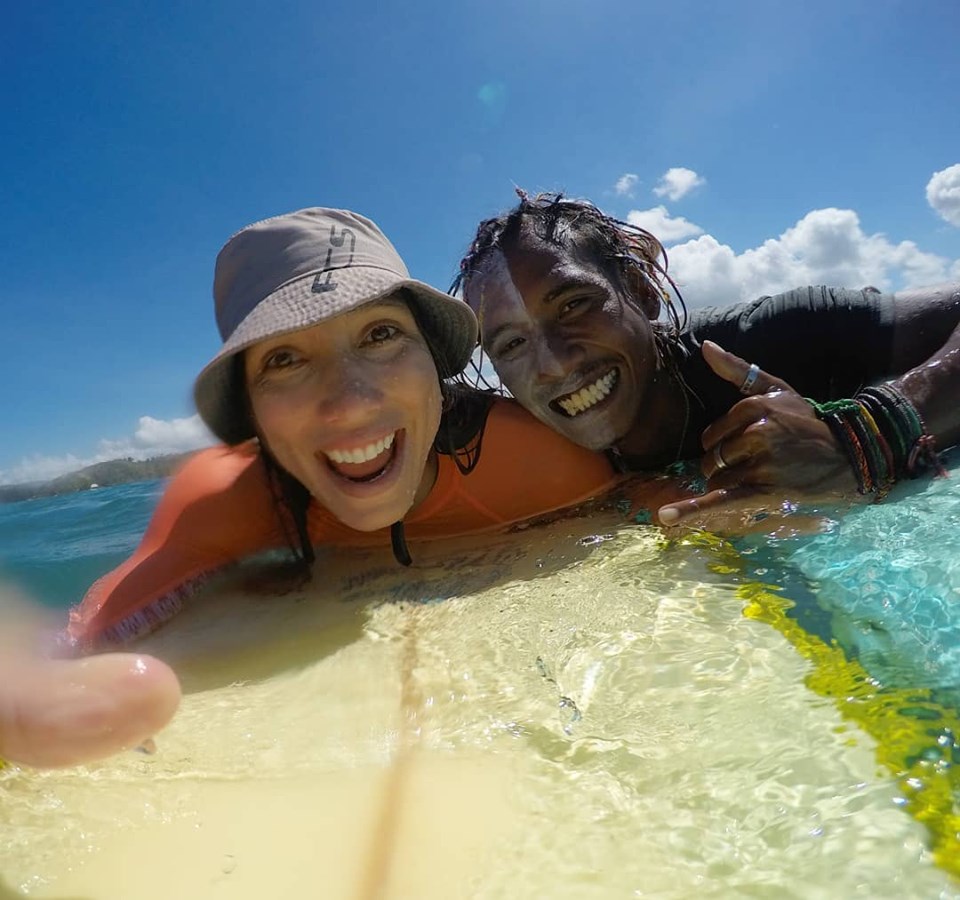


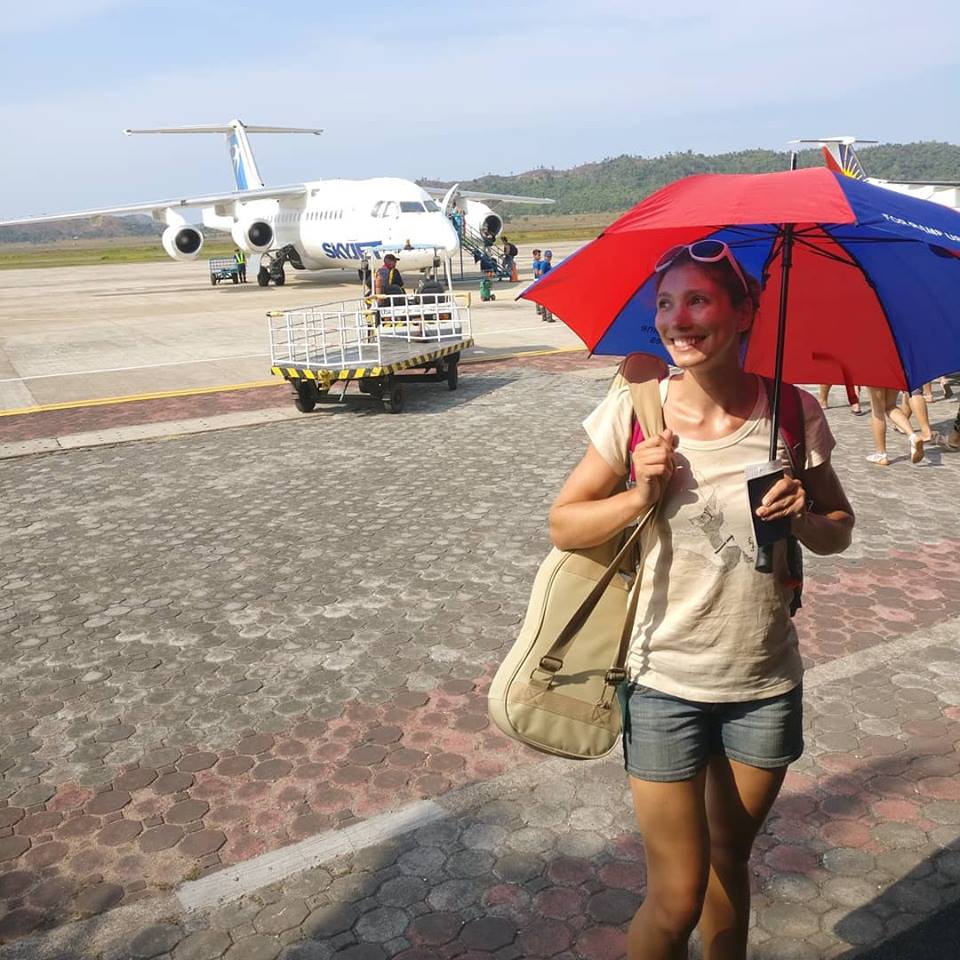


























 RSS Feed
RSS Feed